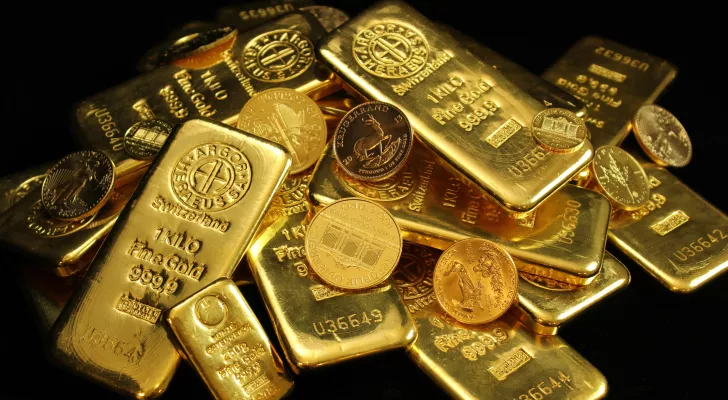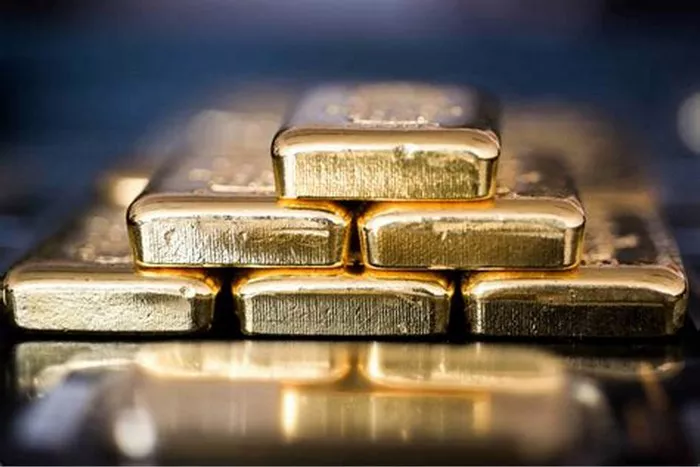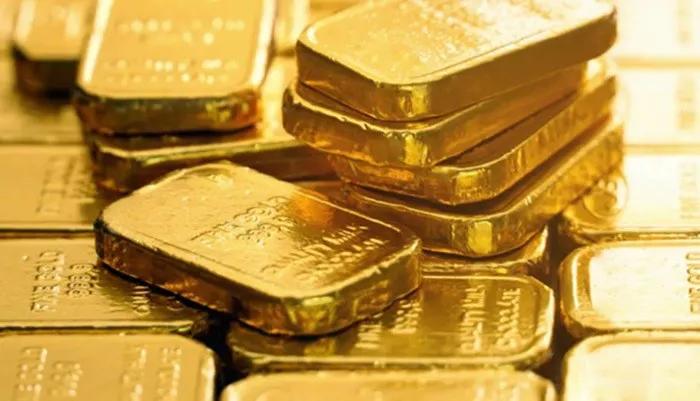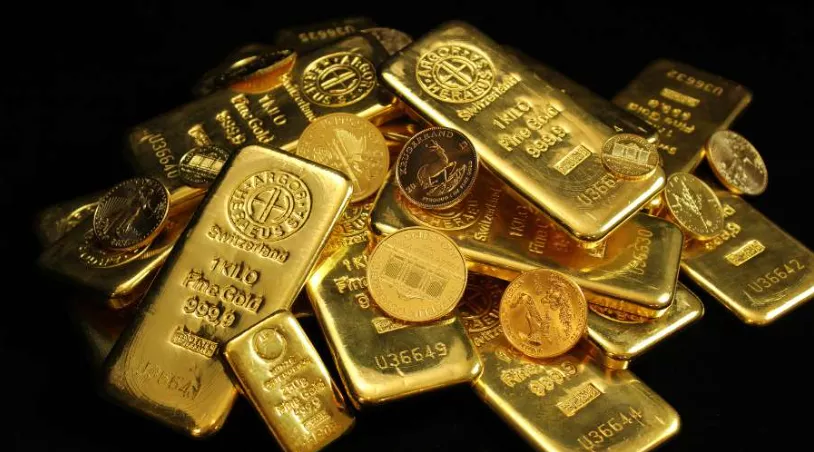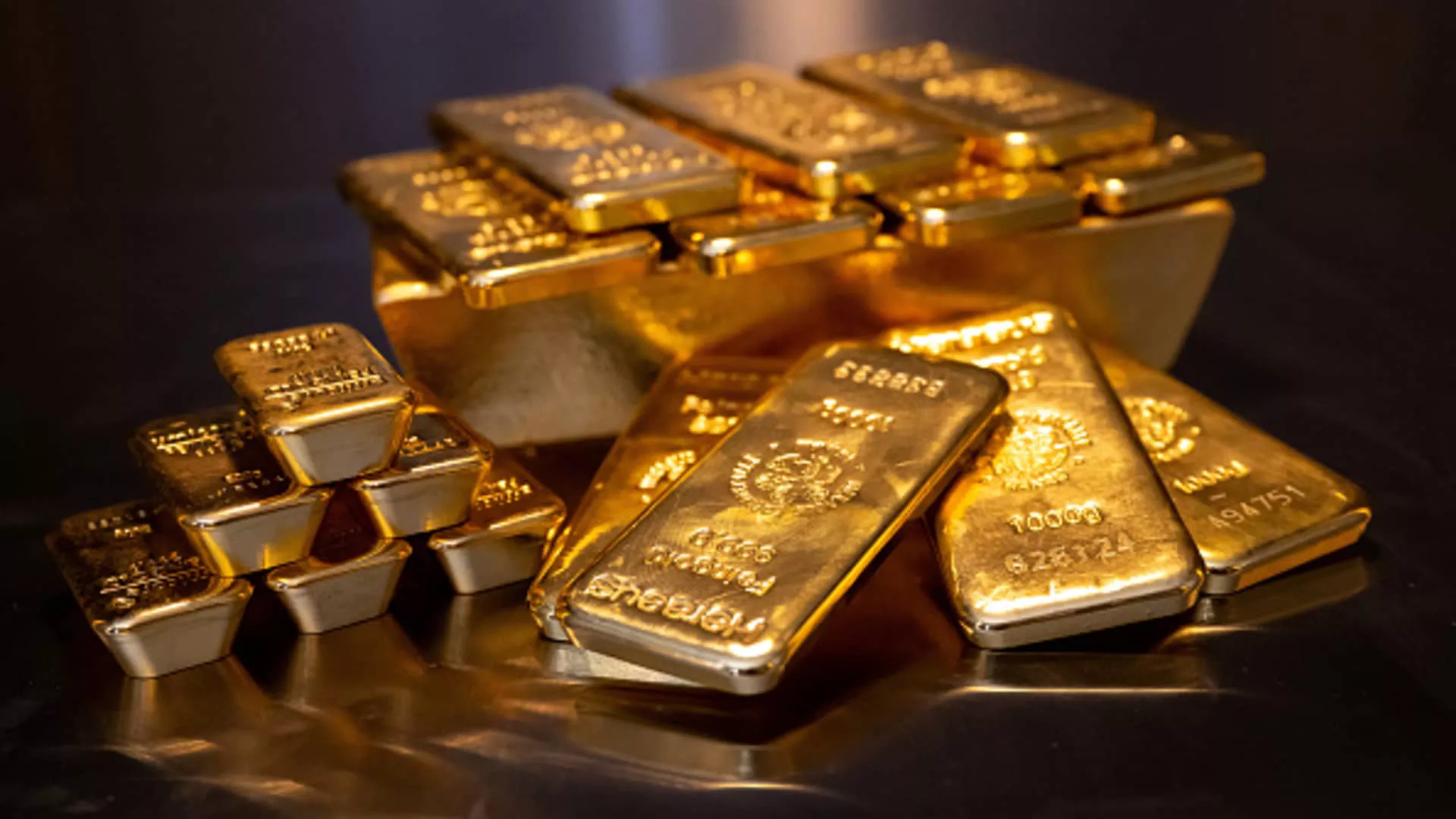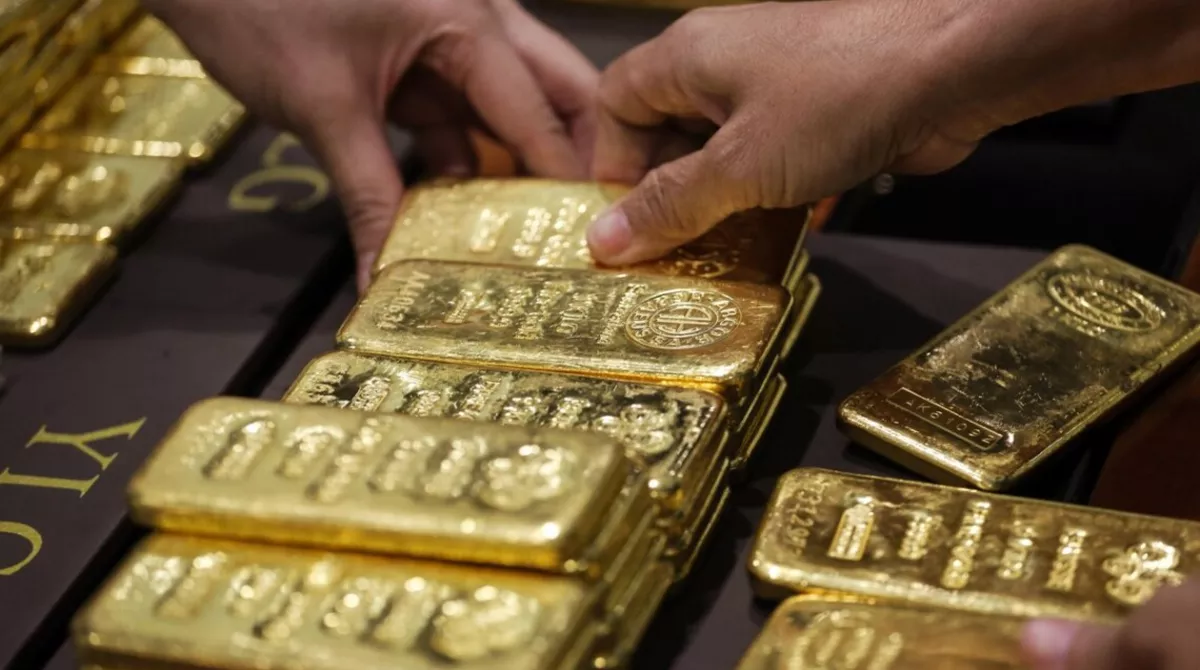Gold has always been a symbol of wealth, power, and stability. Throughout history, it has been used as a store of value, a medium of exchange, and even as a form of currency. In modern times, gold continues to play a significant role in the global financial system. Countries hold gold reserves as part of their monetary policies, central banking strategies, and international trade practices. But which country has the most gold in the world today?
In this article, we will explore the countries with the largest gold reserves, how they acquire and manage their gold, and the role that gold plays in the global economy.
The Importance of Gold in the Global Economy
The Role of Gold in National Reserves
Gold remains a critical component of a country’s foreign reserves. Central banks hold gold as a hedge against inflation, currency fluctuations, and geopolitical uncertainties. The metal is seen as a safe-haven asset during times of economic instability or financial crises.
For example, when there is economic uncertainty or a decline in the value of national currencies, central banks often turn to gold because it holds its value over time, unlike paper currencies. This is why countries with substantial gold reserves are often seen as more economically stable and less vulnerable to inflationary pressures or currency devaluation.
Gold also plays a key role in the broader financial system. The price of gold influences the value of various commodities, and it often serves as a benchmark for other asset prices. Therefore, understanding which countries have the most gold in the world gives insights into global economic trends and geopolitical power.
Which Countries Have the Most Gold?
United States
As of the most recent reports, the United States holds the largest gold reserves in the world. According to the World Gold Council, the U.S. has over 8,000 metric tons of gold in its reserves. This gold is primarily stored in several locations, with the most notable being the Fort Knox Bullion Depository in Kentucky. Other storage facilities include the Federal Reserve Bank of New York.
Key Facts About U.S. Gold Reserves:
Total Reserves: Approximately 8,134 metric tons.
Percentage of Foreign Reserves: Gold makes up around 75% of the U.S.’s foreign exchange reserves.
Purpose: Gold in the U.S. is held to maintain financial stability and serve as a foundation for the dollar’s value, though the U.S. no longer uses the gold standard.
The United States has historically maintained a significant amount of gold due to its role as a global financial leader. During the Bretton Woods system (which ended in 1971), the U.S. dollar was directly tied to gold, with other currencies being pegged to the dollar. While the U.S. no longer operates under the gold standard, its large gold reserves continue to give it significant economic influence.
Germany
Germany holds the second-largest gold reserves in the world. With approximately 3,355 metric tons of gold in its central bank, the Deutsche Bundesbank, Germany has long recognized the importance of gold as a safeguard against inflation and economic instability.
Key Facts About Germany’s Gold Reserves:
Total Reserves: Approximately 3,355 metric tons.
Storage Locations: Germany’s gold is stored both domestically and abroad, including locations in the United States, the United Kingdom, and Switzerland.
Purpose: Germany’s gold reserves are held as a hedge against economic and political instability within the Eurozone and globally.
Germany’s large gold reserves have made it one of the most influential players in the global gold market. The country’s commitment to maintaining a strong gold reserve is a reflection of its desire for financial security and stability, particularly within the context of the European Union’s economic environment.
Italy
Italy also ranks among the top countries with the largest gold reserves, with more than 2,400 metric tons of gold held by the Banca d’Italia. Italy’s gold reserves are considered an essential component of its financial security, especially given its relatively high levels of public debt.
Key Facts About Italy’s Gold Reserves:
Total Reserves: Approximately 2,452 metric tons.
Percentage of Foreign Reserves: Gold makes up about 70% of Italy’s foreign reserves.
Purpose: Italy’s gold reserves are held as part of a broader strategy to maintain economic stability and bolster investor confidence in the country.
Italy’s gold holdings represent a significant part of its central bank’s assets. Like Germany, Italy sees gold as a way to secure its economic position within the European Union, providing a safeguard against crises and potential devaluation of the euro.
France
France is another European powerhouse with substantial gold reserves. Holding over 2,400 metric tons of gold, France maintains a strong position in global financial markets. France’s gold reserves are managed by the Banque de France, and much of it is stored within the country.
Key Facts About France’s Gold Reserves:
Total Reserves: Approximately 2,437 metric tons.
Storage Locations: France’s gold is primarily stored within the country, with some reserves held in other locations for security.
Purpose: Gold serves as a hedge against currency devaluation and provides financial security for France’s economy.
France has maintained its position as one of the top holders of gold due to its role in the European Union and its significant economic stature in Europe. Gold plays a key role in France’s financial strategy, providing stability and confidence in times of uncertainty.
Russia
In recent years, Russia has significantly increased its gold reserves. As of the latest data, Russia holds over 2,300 metric tons of gold, making it one of the largest holders of gold in the world. Russia’s gold reserves have been growing rapidly, reflecting its desire to reduce dependence on foreign currencies and enhance its financial independence.
Key Facts About Russia’s Gold Reserves:
Total Reserves: Approximately 2,300 metric tons.
Growth: Russia has been increasing its gold reserves by buying gold in the global markets, often with the aim of diversifying away from the U.S. dollar.
Purpose: Gold is seen as a strategic asset in Russia’s efforts to mitigate the impact of sanctions and economic pressure from Western countries.
Russia’s gold reserves are an essential part of its monetary policy, helping the country manage its economic and geopolitical risks. In recent years, Russia has been diversifying its reserves to ensure that it is less reliant on foreign currencies, particularly the U.S. dollar.
China
China is one of the world’s largest economies and has a significant amount of gold reserves, although it ranks slightly lower than Russia in terms of total reserves. China’s People’s Bank of China holds more than 1,900 metric tons of gold, and the country continues to accumulate gold as part of its broader economic strategy.
Key Facts About China’s Gold Reserves:
Total Reserves: Approximately 1,948 metric tons.
Role in the Global Market: China is also the world’s largest gold producer, and its central bank has been steadily increasing its gold holdings in recent years.
Purpose: Gold is part of China’s broader strategy to diversify its foreign exchange reserves, which are heavily weighted in U.S. dollars.
China’s gold reserves are crucial to its strategy of maintaining economic independence and promoting the yuan as a global currency. The country is positioning itself as a key player in the global gold market and is likely to continue increasing its reserves in the future.
Other Notable Countries with Significant Gold Reserves
While the above countries hold the largest gold reserves, several other countries have significant amounts of gold as well. These include:
Switzerland: Approximately 1,040 metric tons.
Japan: Approximately 765 metric tons.
India: Approximately 760 metric tons.
Saudi Arabia: Approximately 323 metric tons.
Each of these countries holds gold for various reasons, including financial security, hedging against inflation, and maintaining a strong position in the global financial system.
Conclusion
Gold remains one of the most valuable and enduring assets in the world. The countries that hold the most gold in the world do so not only as a store of wealth but also as a way to ensure economic and financial stability. The United States, Germany, Italy, France, Russia, and China are among the top holders of gold, each utilizing their reserves to safeguard against economic uncertainties, currency fluctuations, and geopolitical risks.
The importance of gold in the global financial system cannot be overstated. As the world continues to face economic challenges, geopolitical tensions, and market volatility, countries with large gold reserves are better positioned to weather financial storms. Understanding the countries with the most gold gives us a deeper insight into the global economy and the strategic role that gold continues to play in shaping financial policies worldwide.
Related topics:

